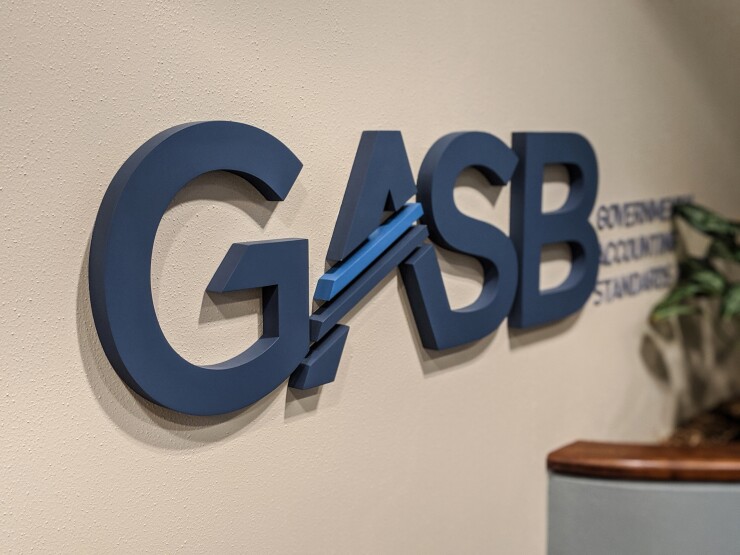The Governmental Accounting Standards Board is expected to propose three alternatives for counties and cities to adjust their hedges or interest rate swaps after Libor expires at the end of 2021.
GASB has not yet officially voted on the proposal, which would offer the Secured Overnight Financing Rate (SOFR), the effective federal funds rate or Treasury rate as the replacements.
“The board will be proposing that if the only thing the government is doing is replacing Libor with a rate that is intended to be essentially equal, that will not be considered a termination for hedge accounting purposes,” said Jeffrey Previdi, GASB’s vice chairman.
GASB is taking action because changing the reference rate on the hedge is ordinarily considered a termination event.

GASB touched on a similar issue in the wake of the credit crisis during the Great Recession when it issued Statement 64 saying that replacement of a counterparty or credit support provider would not be a termination.
In a related but separate move, the Treasury is expected to soon release guidance clarifying that replacement of Libor-based debt does not trigger a reissuance.
Previdi spoke to The Bond Buyer Monday to summarize the overview of GASB initiatives he presented last week at a workshop in Chicago for members of the National Association of Bond Lawyers.
Last week was the deadline for state and local governments to comment on GASB’s latest exposure draft involving public-private partnerships.
The 48-page exposure draft released by GASB June 6 expands the guidelines for P3s in more varieties of agreements than covered by Statement 60, which was issued in November 2010 when only a few state and local governments had undertaken them.
Under an original P3, a private partner would operate and maintain the infrastructure, collect revenues such as tolls and handle the debt payments connected to any bond offerings.
But newer P3s may have the government entity collecting the revenue or require that the private operator turn over the revenue to the government before a payment is made back to the private partner. Those variations wouldn’t meet GASB’s current definition of a service concession arrangement. But in terms of economic substance all of them are very similar transactions.
Two years ago GASB released updated guidance on government leases in Statement 87.
Previdi said GASB will review the comments it has received and expects to issue a final rule on P3s in the first quarter of 2020.
In a third GASB initiative, research staff members are looking into the metrics that could be used to define financial distress. The results of that research will be presented to the board sometime next year, at which time a decision will be made on whether to go ahead.
“It may happen that based on the research conducted that we decide that there isn’t a project here because we can’t improve upon what we have,” Previdi said.
He emphasized that the initiative is in its very early stages and that determining when distress is going to occur “is a tricky matter.”
Another initiative that is further along is the development of a concept statement on disclosure which would define what material has “essentiality” in the footnotes.
“I thought it was important to know from the muni market, bond lawyer world that they understand one of the things we are working on is an exposure draft that is going to discuss what we feel is appropriate for note disclosures in financial statements,” Previdi said.
Some governmental units issue many complex footnotes and the question that arises is whether all that information is necessary.
GASB’s research has found that many users find value in the footnotes.
The draft exposure statement on “essentiality” is scheduled to be released in the first quarter of 2020.





